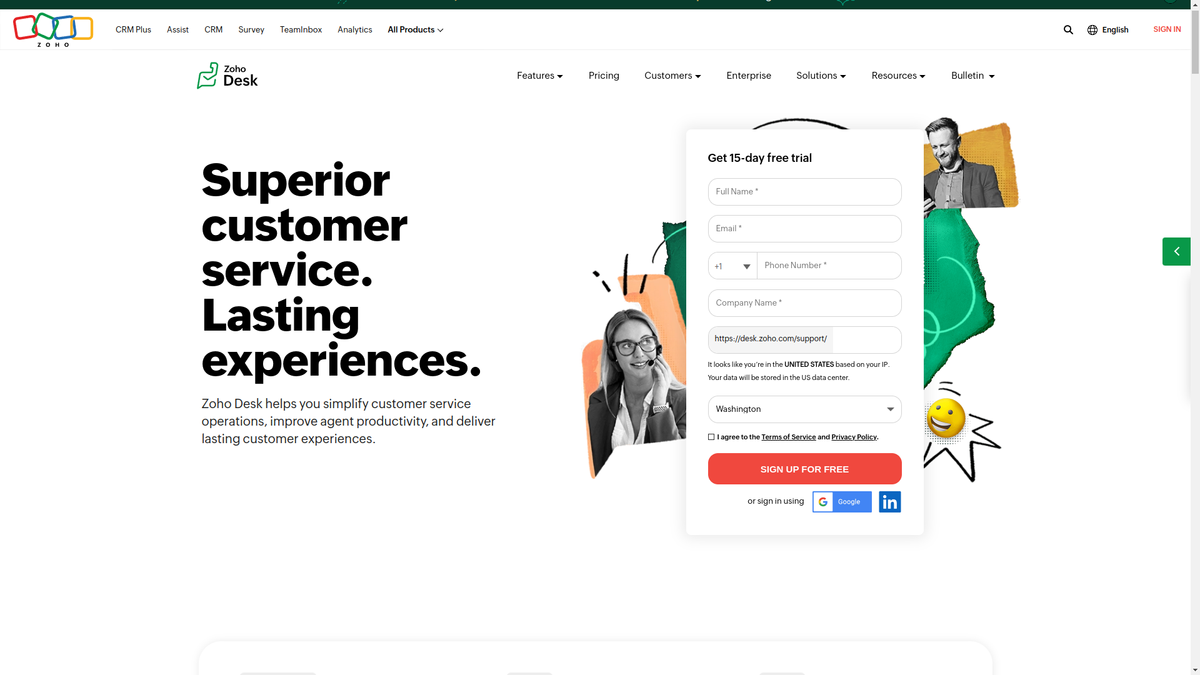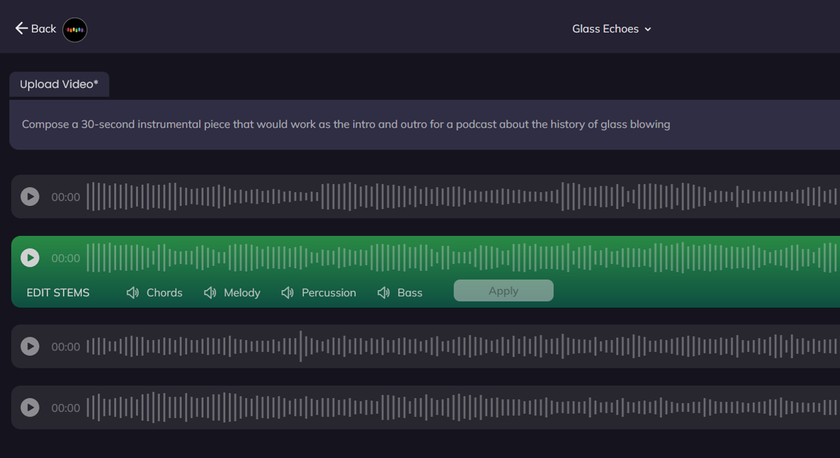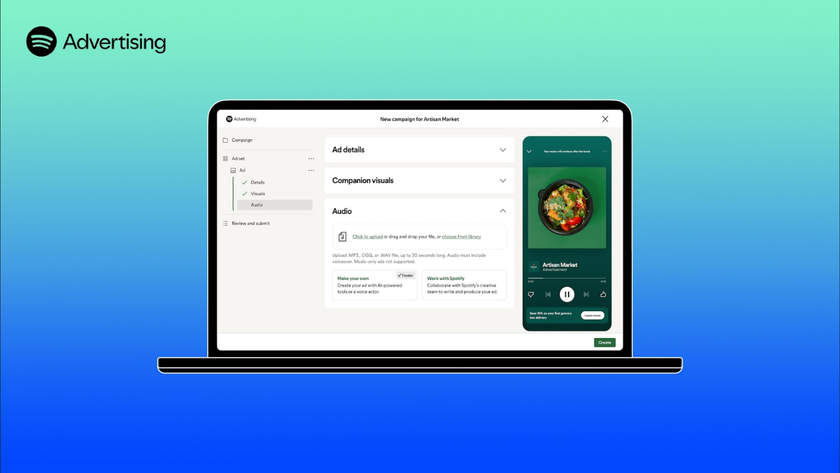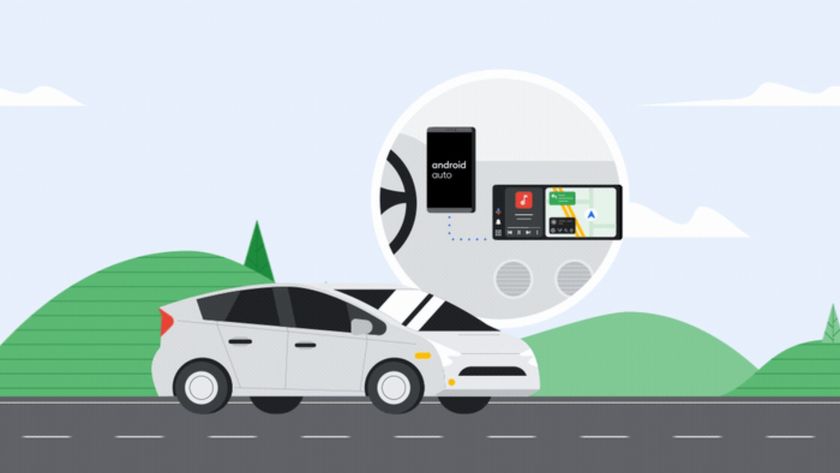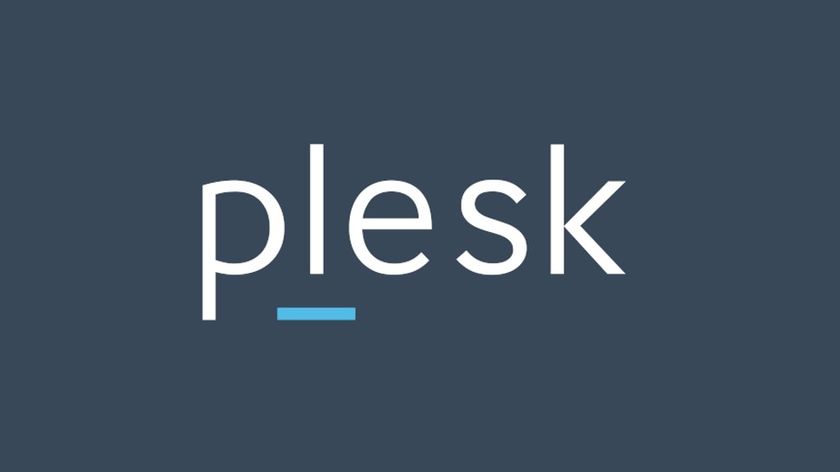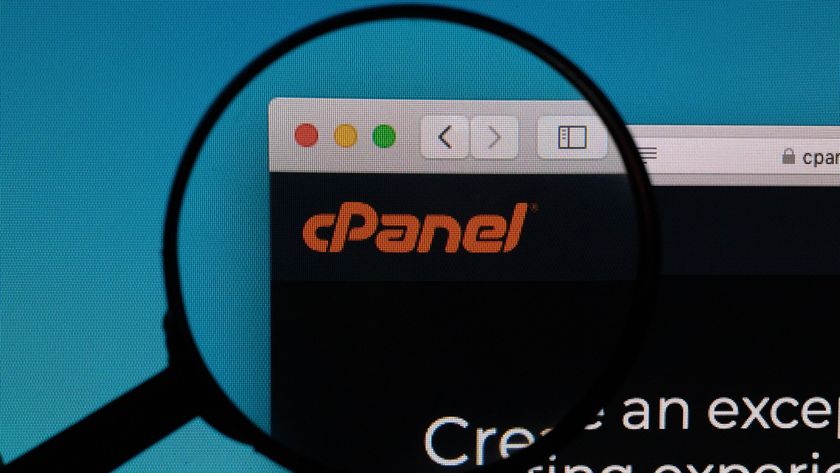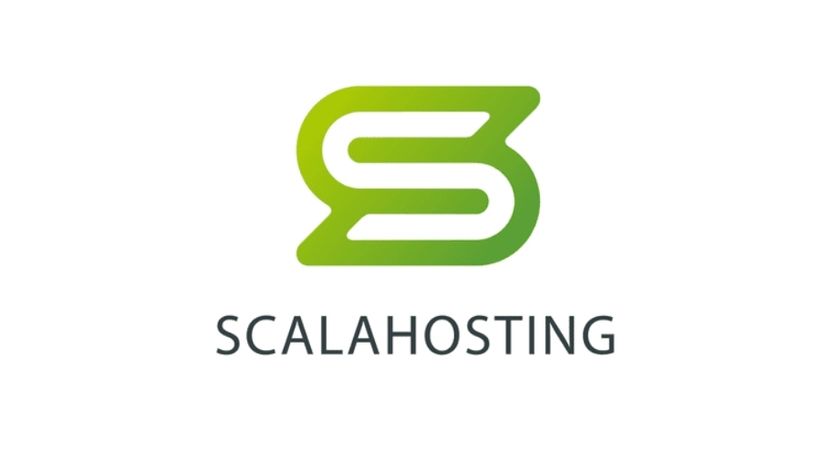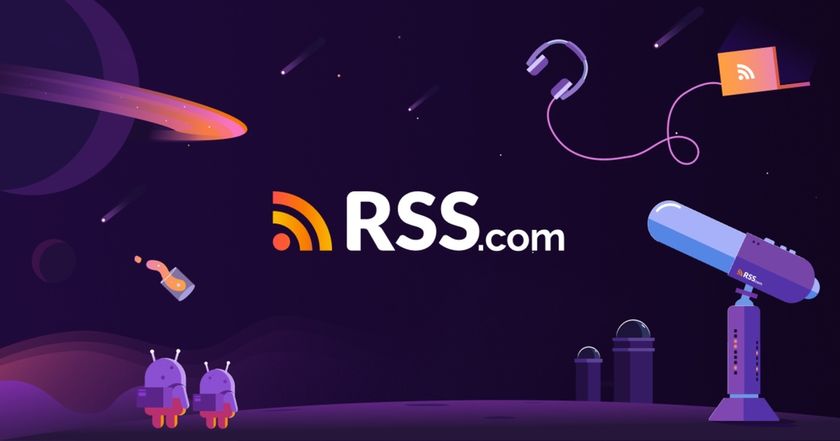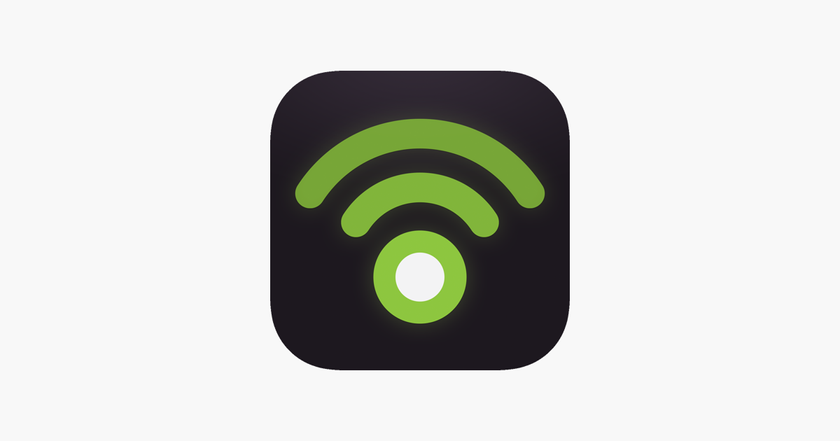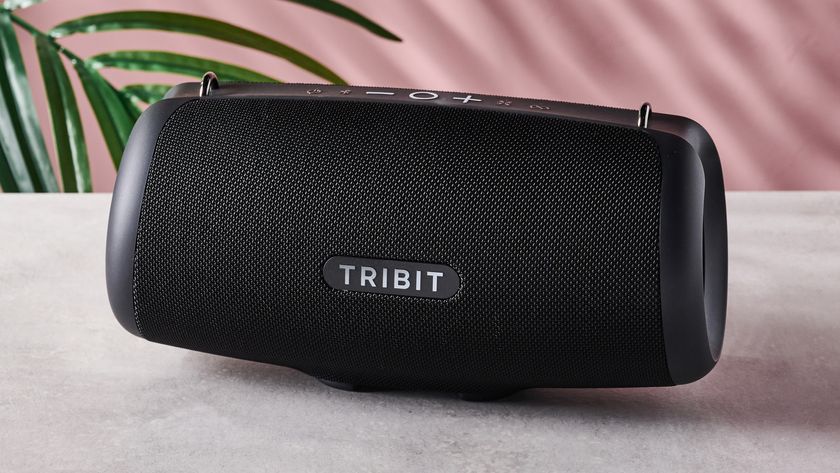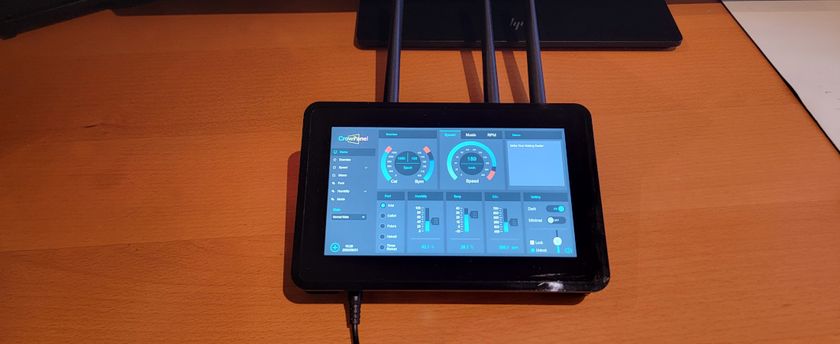TechRadar Verdict
Zoho Desk isn’t short on features, and high-end plans are reasonably priced, but we didn’t find it easy to use, and there is only limited free support.
Pros
- +
Loads of features
- +
Integrates with other Zoho apps
- +
Cheap per agent
Cons
- -
User interface needs work
- -
Paid support levels
Why you can trust TechRadar
Zoho Desk is a customer service help desk product that bills itself as the first “context-aware” solution in the industry. That means that every interaction with a customer is guided by a range of information that Zoho has about them, including their history and past issues and activities - anything that will help an agent understand the issue more quickly, which in turn brings about a quicker resolution.
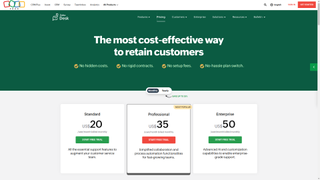
Zoho Desk: Plans and pricing
Zoho has a range of plans to suit most business needs. You can test each of them out in a 15-day trial. You can change between subscriptions during this time and Zoho actually encourages you to do so, giving you a chance to try out different features.
The good news is that Zoho offers a free plan, which the company describes as being suitable for "minimal support needs" This plan can encompass up to three agents. You also get basic email ticketing and a knowledge base.
Zoho also offers an 'Express' plan that costs just $7 per user per month if you pay annually or $9 per user per month if you pay monthly. This supports up to five users and also includes a basic ticketing system, cloud analytics, and social media integration.
Both the free but 'Express' plans are nestled further down the pricing page and we had to hunt around for them. This is in contrast to our original review of Zoho Desk in 2020 when the features of the free plan were listed alongside the paid tiers at the top of the page.
The current page lists the top three pricing tiers. The 'Standard' plan costs $14 per user per month if billed annually or $20 per user per month if you pay monthly. Perks include five email channels, your very own help center, a feedback widget, five advanced web forms, social media support for one brand (Facebook and Twitter) and Instant Messaging. There's also no limit on the number of agents you can have on the 'Standard' plan provided you're able and willing to pay the subscription fees.
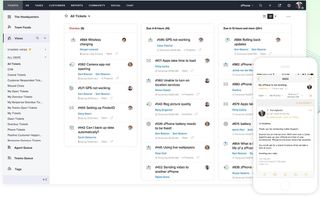
The 'Professional' plan costs $23 per user per month if paid annually or $35 per user if you pay monthly. It includes all of the above along with other perks like the ability to 'follow' tickets and customers as well as add ticket resolutions to your knowledge base.
The 'Professional' plan also has safeguards to avoid ticket 'collisions'. Zoho Desk can alert you if another agent has begun responding to a ticket and you can even chat with them.
Crucially, this is the tier that allows you to integrate your help desk with approved telephony providers and create custom workflows.
The 'Enterprise' tier costs $40 per user per month if billed annually or $50 per user if you're paying monthly. It includes everything in the above-mentioned plans plus some heavy-hitting extras.
These include support for up to one hundred e-mail channels, no fewer than twenty web forms for each of your departments, as well as integration for up to two brands for Facebook, Twitter and Instagram. Most importantly this tier supports live chat, so you can interact with customers directly on your website and tansition conversations into tickets.
We've only been able to scratch the surface of the vast number of features available with various Zoho Desk plans here, so encourage you to visit the main website for a detailed comparison.
Zoho Desk: Features
The Enterprise plan clearly boasts an impressive feature list, but even the free plan comes with features that make it worthwhile considering. These include the multilingual email ticketing and customer management system which is at the core of the software, a help center with a private knowledge base, macros for executing repetitive tasks automatically, mobile apps, and 24/5 email support.
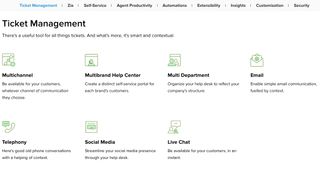
Zoho Desk’s ticket management system is multichannel meaning that email, phone, social media, and live chat can all be used for customer support interactions. Tickets are automatically organized, and a number of handy tools exist to increase ticketing efficiency, and by extension, agent productivity.
Zoho Desk also has an AI tool called Zia that can speak to your customers and share relevant knowledge base articles with them, automatically tag tickets, alert agents to unusual activity, and be trained to carry out actions specific to your business.
Zoho Desk: Interface and in use
When you first log in to your Zoho Desk dashboard, you’re presented with a list of your tickets. The other main tabs in the dashboard are for knowledge base articles and customers.
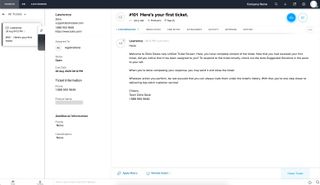
Similar to many other online help desk apps, Zoho Desk provides you with a lot of control over what can be edited for each ticket – for example, status, owner, priority, classifications, and channel. You can also view a ticket’s activity history and apply various actions to it.
At the bottom of the window when viewing a ticket is a button for Apply Macro. However, when you click on it, it says “macros aren’t created yet,” and there’s no indication as to how to create one. Other help desk software apps we’ve looked at have a default set of macros included, and you can add others if you need ones specific to your business.
The lack of help with the macros is just one example of how Zoho Desk doesn’t feel as intuitive as other help desk solutions we’ve looked at. There are many different links and buttons scattered all over the dashboard, and it feels a bit overwhelming to find your way around. Some of the links and buttons are also tiny and thus difficult to read.

Zoho Desk: Support
Zoho Desk is a bit different from other helpdesk software providers in that it provides different levels of support. There are three tiers, with the first being free and the other two costing either 20% or 25% of your license fee.
The free option only offers live chat and toll-free phone support during business hours, while the others offer those options for 24 hours. You can also email or raise a request in the self-service portal. Zoho Desk claims the maximum response time for this is 24 hours. The Enterprise plan is available seven days a week as opposed to the five days for the Premium plan.
The two paid plans introduce remote and configuration assistance and product onboarding. Meanwhile, the Enterprise plan gives you your own account manager, along with a quarterly report on your usage of features, with suggestions on how to optimize your business processes.
Zoho Desk's support plans also include 'onboarding' to 'Premium' and 'Enterprise' subscribers for 45 or 60 days from the date of purchase respectively. This involves an onboarding specialist working with you to set up Zoho Desk, learn about different features and get assistance with customization and automatization.
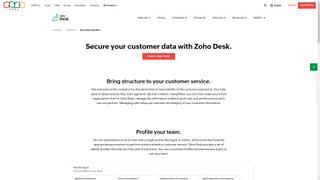
Zoho Desk: Security
Zoho, the company behind Zoho Desk, produces many different software products and takes the same high-level approach to security for all of them. One of the ways it does this is through the 'Roles' feature, which allows you to manage what information is visible to which agents and/or departments. You can also create profiles to save you having to manually set permissions per worker.
For instance, you can create a profile for new agents which allows them to change the ownership of tickets but not close them.
Zoho Desk's security page also touts its 'field security' feature. This allows you to set permissions about which fields can be edited by certain workers. 'Enterprise' plan subscribers can also benefit from 'field encryption' whereby sensitive data entered into fields can be encoded. Zoho's comprehensive knowledge base informed us that this is done using industry standard AES encryption.
Zoho Desk also claims to be GDPR compliant. One strong point in their favor is that all subscriptions (including the free plan) give users the choice where their data is stored. When reviewing other help desk platforms we've only ever seen this feature available as a paid extra or for higher tier subscribers, so were very impressed. Current data center choices are the US, EU, India, Australia and Japan.
Parent company Zoho has also published an extensive Security Whitepaper, detailing the stringent measures they take to keep their own customers' data safe. For instance, they specify their facilities have 24/7 monitoring, video cameras and biometric access. The company is ISO 27001, ISO27017 and ISO27018 certified.
We were also very pleased to see that Zoho has a detailed page on exactly how it encrypts customer data. In brief, all connections between users and Zoho's servers are protected by the latest versions of TLS (1.2 / 1.3).
Databases are protected using ultra-secure 256-Bit AES encryption and Zoho claim they also use full disk encryption on their hardware. Like the free choice of data centers, this is refreshing change from other help desk platforms who claim to use encryption and secure data but don't provide exact details on the type of encryption or password hashes used.
Zoho Desk: The competition
If you like to shop around before deciding on a purchase, there are plenty of alternatives in the online help desk space for you to consider, including Freshdesk and Zendesk.
Freshdesk is another solution offering a large range of features. There are a selection of plans, including a free option that can be used by unlimited agents. Its paid plans range in price from $15/agent/month up to $79/agent/month, and all plans come with a 21-day free trial.
LiveAgent is another option with a free plan that has no limit on agents, while paid plans go from $9/agent/month up to $69/agent/month. Like Zoho Desk and Freshdesk, as you move up through the plans, more features are added to those available from the previous level.
Zoho Desk: Final verdict
Zoho Desk has competitive pricing, with its high-end plans cheaper than those of many competitors. However, its free plan has a small limit on the number of agents and you have to pay to get better levels of support.
The software’s feature set is impressive but we found the app itself a bit overwhelming to use and lacking in tips or guides on how to make the most of it.
We've also highlighted the best live chat software.
John is a freelance writer and web developer who has been working digitally for 30 years. His experience is in journalism, print design and web development, and he has worked in Australia and the UK. His work has been published in Future publications including TechRadar, Tom's Guide, and ITProPortal.
